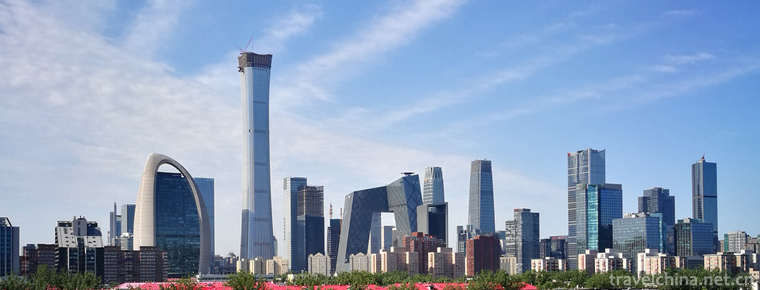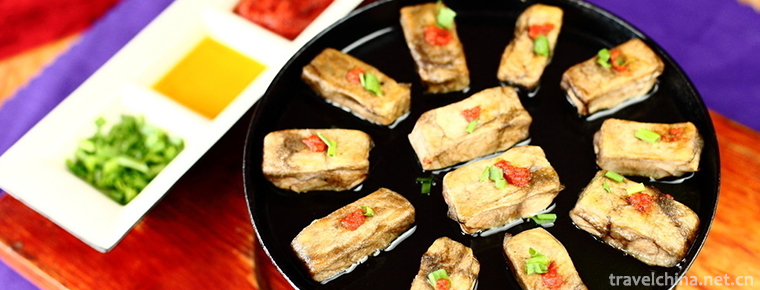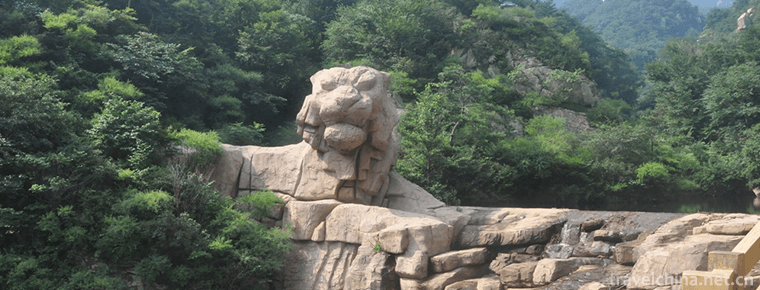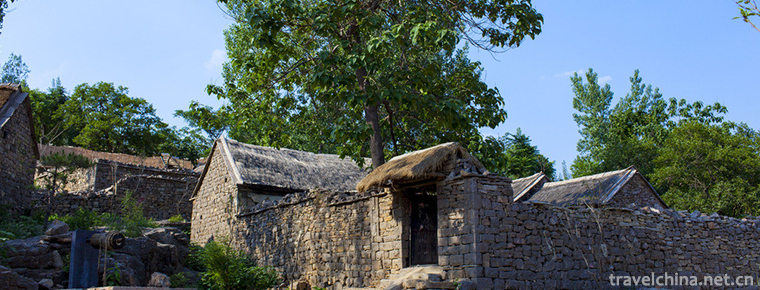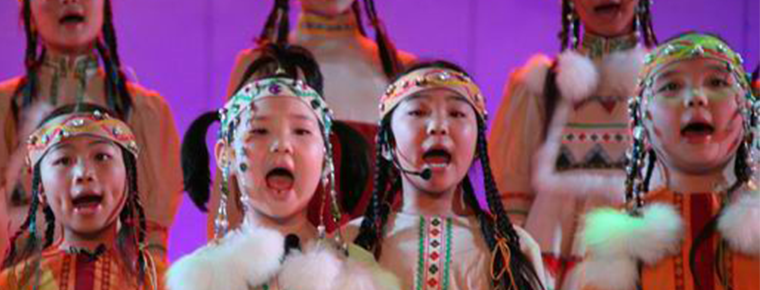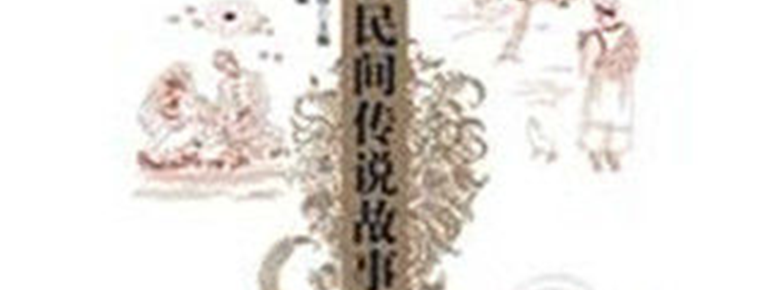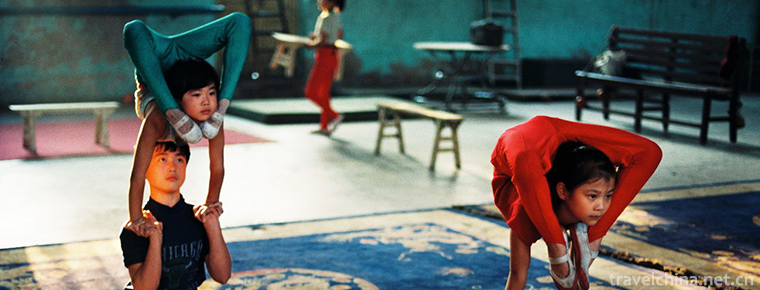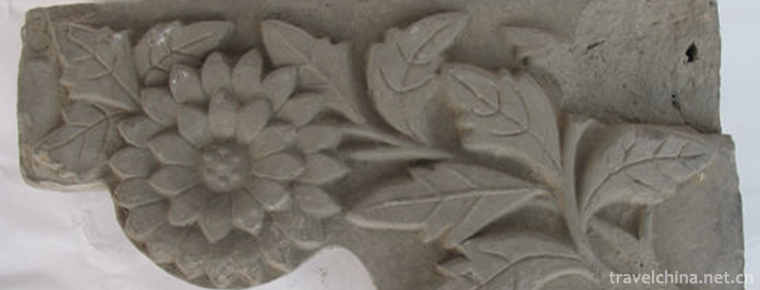Hua gu deng Flower drum lantern
Hua gu deng Flower drum lantern
Flower drum lantern, a traditional dance in Bengbu City, Fengtai County and Yingshang County, Anhui Province, is one of the national intangible cultural heritage.
Flower drum lantern is a kind of folk dance that combines dance, lantern song, Gong and drum music, plot double (3) human dance and emotional collective dance perfectly. According to historical data, the flower drum lantern originated from Xia Dynasty at the earliest and Song Dynasty at the latest. Through the development of Yuan, Ming, Qing and Republic of China, in the 1930s and 1940s, more than 20 counties and cities in Henan, Anhui, Shandong and Jiangsu provinces in the middle reaches of the Huaihe River, centered around Bengbu, Huainan and Fuyang in Anhui Province, were formed.
On May 20, 2006, the flower drum lantern was approved by the State Council and listed in the first batch of national intangible cultural heritage list, the heritage number: III-6.
historical origin
According to legend, the flower drum lantern originated in the Xia Dynasty. At the foot of Tushan Mountain, where Dayu met the princes, Dayu married Dayu's daughter, Nujiao, as his wife. Shortly after his marriage, Dayu went out to administer water for the people of the world. Dayu's thirteen years of water control, three times through the door but not into, the girl misses Dayu very much, and every day with her son standing on the hillside looking out to the distance, wishing her husband success in water control and return as soon as possible. Because of her eagerness and sincerity, she turned into a huge stone. Later generations called it "Wangfushi" and "Qimushi". To commemorate them, people built the Yuwang Temple. Every year on March 28 of the lunar calendar, temple fairs were held, gongs and drums were played, dances were performed, and flower drum lanterns were created.
By the Song Dynasty, the flower drum lantern had developed into a relatively systematic art form and occupied a pivotal position in folk dance art. The annual Art Lantern festival, flower drum lantern as a finale play, so known as "decorated lantern" is world-famous.
In the early Qing Dynasty, the rulers paid more attention to culture and the art of flower drum lanterns flourished rapidly. After watching the performance of flower drum lanterns, the playwright Kong Shangren wrote down "Dancer's Ci" one after another: "A pair of red sleeves danced in succession, soft as flowers and drums, like clouds, without a good hand, what's the point on the shoulder?" It depicts the beautiful dancing posture and exquisite and agile skills of the flower drum lantern. After the Opium War, the modern Chinese society was turbulent and turbulent, and the art of flower drum lanterns was affected.
After the Revolution of 1911, the Huaihe River Basin suffered years of confrontation, and the art of flower drum lanterns came to the bottom of the valley.
In the 50 years since the founding of New China, the art of flower drum lanterns has reached its peak, and the cause of flower drum lanterns has made tremendous achievements.
Inheritance and protection
Inheritance value
Flower drum lantern is an excellent folk art in Anhui Province. It is one of the most popular, popular, influential and colorful folk dances in Anhui Province. It is also one of the typical representatives of Han dance. Previous flower drum lantern performances were mostly square performances, and were carried out under the illumination of night flower lanterns, which is also the origin of the name of flower drum lantern. Later it developed into stage performance, making it more ornamental. The performers of flower drum lanterns are usually the working masses, who gather and disperse, and then go home to work in the fields. It is precisely because of this deep mass base that flower drum lanterns have developed rapidly and become a favorite form of entertainment for people on both sides of the Huaihe River.
Inheritance status
For many reasons, the original form of Bengbu flower drum lantern is on the verge of extinction. The influential folk artists have a high age, and the mechanism of folk inheritance needs to be re-established. Therefore, effective protection is urgently needed.
Inheriting characters
Feng Guopei, male, Han nationality, was born on August 15, 1914 in Bengbu, Anhui Province. He is the representative successor of the second batch of national intangible cultural heritage projects, the Flower Drum Lantern in Bengbu, Anhui Province.
Zheng Jiuru, male, Han nationality, born in Huaiyuan, Anhui Province in 1920. The second batch of national intangible cultural heritage project flower drum lantern (Bengbu flower drum lantern) representative inheritor, Bengbu City, Anhui Province, declared.
Chen Jingzhi, male, Han nationality, born in Fengtai, Anhui Province in 1919. The second batch of national intangible cultural heritage project flower drum lantern (Fengtai flower drum lantern) representative inheritors, Fengtai County, Anhui Province declared.
Wang Chuanxian, male, Han nationality, born in 1922, Yingshang, Anhui Province. The second batch of national intangible cultural heritage project flower drum lantern (Yingshang flower drum lantern) representative inheritor, Yingshang County, Anhui Province declared.
Yang Zaixian, male, born in 1922, is the representative successor of Huagu Lantern (Yingshang Huagu Lantern) in the third batch of national intangible cultural heritage projects, which was declared by Bengbu City, Anhui Province.
protective measures
In 2004, the flower drum lantern was listed as a pilot project for the protection of Chinese ethnic and folk culture.
In 2005, flower drum lanterns were listed as "861" plan of the province and "3461" plan of Bengbu city.
In 2006, the flower drum lantern was listed as the first national intangible cultural heritage protection list.
In 2011, the flower drum lantern was selected as the national cultural innovation project.
On June 21, 2018, "Anhui Flower Drum Lantern Creation and Research Room" was unveiled at Xinghai Building Concert Hall of Hefei Children's Normal College.
In terms of organizational mechanism, we should improve the administrative leadership mechanism. Bengbu City has set up a leading group for the protection of flower drum lamps to coordinate and solve major administrative problems in the protection of flower drum lamps. In terms of policy and legal construction, the People's Congress of Bengbu promulgated the Regulations on the Protection and Development of Flower Drum Lantern Art in Bengbu City, and the Municipal Cultural Department formulated the Measures for the Management of the Original Ecological Protection Village of Flower Drum Lantern in Bengbu City, the Measures for the Identification of the Inheritors of Flower Drum Lantern, and the Measures for the Management of Special Funds of Flower Drum Lan In terms of capital investment, the state and provinces have certain funds for flower drum lamp protection projects every year. The municipal government allocates 1 million yuan annually for the basic work of flower drum lamp protection.
social influence
Important exhibition
On September 10, 2018, the flower drum lantern was displayed in the "Fifth National Non-Heritage Project Yangge Festival" held in Shanghe River, Jinan, Shandong Province.
On November 25, 2018, a 1000-person Wushu exhibition of Yiliuhequan was held in Bengbu City Vocational Education Center, in which the flower drum lantern was displayed. It was sponsored by Bengbu Municipal Culture Museum and Longzihu District Culture Museum and Bengshan District Culture Museum.
Honorary commendation
From October 11 to 26, 2013, the 10th China Art Festival was held in Shandong Province. Fengtai County's flower drum and lantern dance "Qianli Changhuai Line" won the Stars Award.
In June 2016, in the 7th International Dance Competition, Yingshang Flower Drum Lantern Art Troupe won the only gold medal and guidance prize in the 7th International Dance Competition.
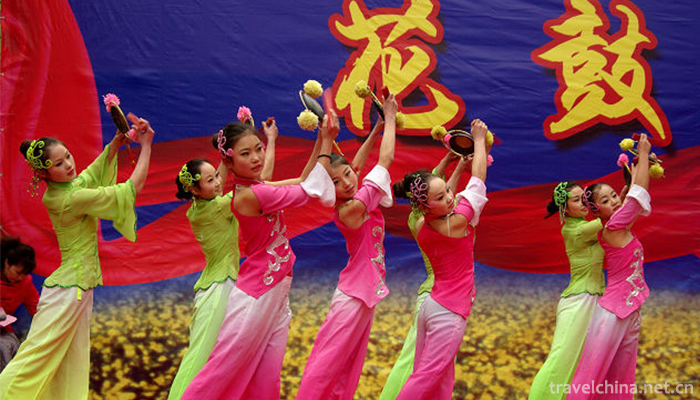
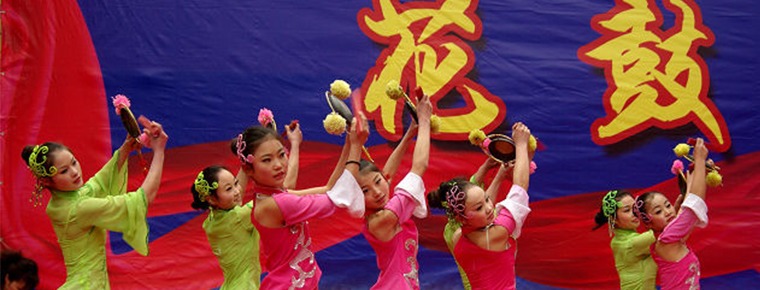
Hua gu deng Flower drum lantern
-
Mao tofu Fried bean curd
Mao tofu Fried bean curd is a famous traditional dish in Huizhou, Anhui Province, and is well known for its vegetarian delicacies at home and abroad.
Views: 247 Time 2018-11-27 -
Bayanbulak Grassland
Bayinbrook grassland: formerly known as Yuledus grassland, Zhuledus grassland, Yuludus grassland, because it is mainly located in Xinjiang Bayinguoling Mongolian Autonomous Prefecture and the northwes
Views: 167 Time 2018-12-12 -
Guangdong Marine Silk Road Museum
The Guangdong Marine Silk Road Museum is located on the "Shili Silver Beach" of Hailing Island Experimental Development Zone, Yangjiang City, Guangdong Province. The total construction area
Views: 139 Time 2019-01-13 -
Lion Mountain Scenic Area
Lion Mountain Scenic Area is located in the east of Shaoshan Scenic Area, which is divided into Lion Mountain Scenic Area and Benbenling Scenic Area.
Views: 395 Time 2019-02-08 -
Yimeng Red Film and Television Base
Yimeng Red Film and Television Base, located in Changshan Villa, Ma Muchi Township, Yinan County, Linyi City, Shandong Province, was built in 2009. It is a comprehensive tourist area
Views: 176 Time 2019-03-03 -
Oroqen Folk Songs
The Oroqen nationality mainly distributes in the Oroqen Autonomous Banner, Buteha Banner of Hulunbeier League, Inner Mongolia Autonomous Region and
Views: 255 Time 2019-04-28 -
Hui Folk Stories
Hui Folklore Stories is a book published by Ningxia People's Publishing House in 2009 by Li Shujiang and Wang Zhengwei.
Views: 373 Time 2019-05-04 -
Liaocheng acrobatics
Liaocheng acrobatics is a traditional folk acrobatics art in Shandong Province. Liaocheng is one of the birthplaces of Chinese acrobatics. In the late Neolithic period, Liaocheng was the main area whe
Views: 179 Time 2019-05-13 -
Brick and plastic
Brick sculpture is the handicraft of folk craftsmen. It is made of mud into various animal models. Some of the images are realistic, but more are romantic and exaggerated ways of expression, the shape
Views: 146 Time 2019-08-10 -
Chengdu Yongling Museum
The Royal Museum of Wang Jian, located at No.10 Yongling Road, Jinniu District, Chengdu, covers a total area of 54000 square meters, and is composed of three parts: cultural relics protection area, comprehensive museum and garden protection area.
Views: 161 Time 2020-10-18 -
Yibins first industry
In 2019, the total output value of agriculture, forestry, animal husbandry and fishery in Yibin is 45.084 billion yuan, up 2.8% over the previous year; the added value of agriculture, forestry, animal husbandry and fishery is 28.346 billion yuan, an increase of 3.0%.
Views: 140 Time 2020-12-18
